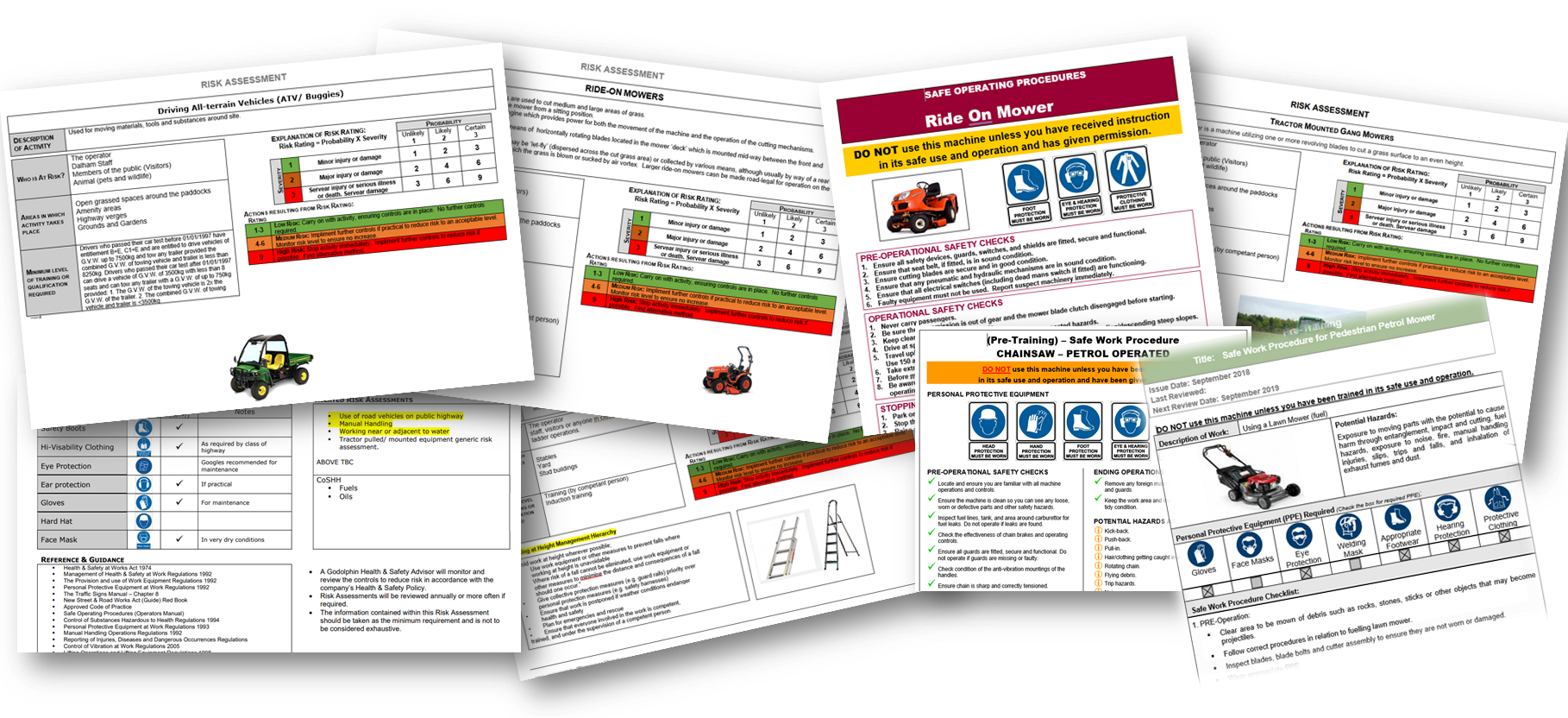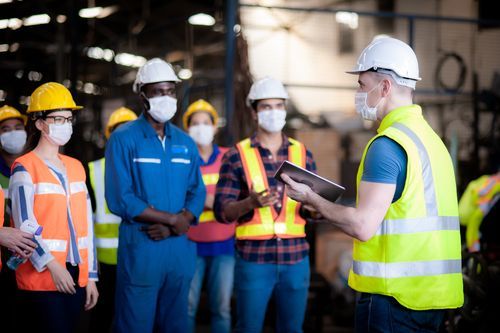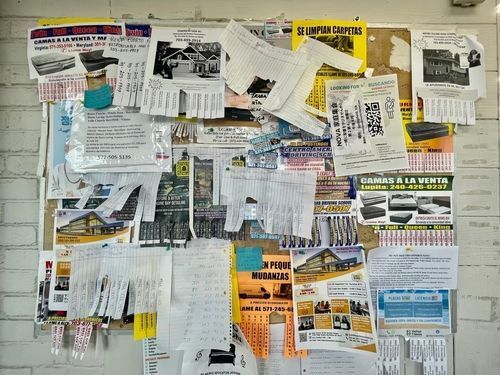The Importance of Risk Assessments in the Workplace (UK Perspective)
Why Risk Assessments Matter (Beyond Just Ticking a Box)

Risk assessments. Two words that can send shivers down the spine of any workplace manager or safety officer. Some see them as an annoying formality—another box to tick in the never-ending sea of health and safety paperwork. But in reality, risk assessments are the unsung heroes of workplace safety, ensuring that employees don’t turn the office or site into an episode of You’ve Been Framed.
So, whether you’re running a construction site, an office, or a bakery, let’s dive into why risk assessments are a legal necessity, a moral duty, and, quite frankly, a way to keep your workplace from descending into chaos.
The Legal Side: No Excuses, It’s the Law!
First things first—if you run a business in the UK, you are legally required to carry out risk assessments under the Health and Safety at Work Act 1974. More specifically, the Management of Health and Safety at Work Regulations 1999 states that employers must assess risks to employees and others affected by their work activities.
In plain English? If something goes wrong, and you haven’t done a risk assessment, you’ll have some very stern folks from the HSE (Health and Safety Executive) knocking on your door. And trust me, they’re not coming round for tea and biscuits.
What Exactly Is a Risk Assessment? (No, It’s Not Just a Guess)
A risk assessment is simply a structured process to identify potential hazards, evaluate the level of risk, and decide on precautions to eliminate or reduce those risks. Think of it as creating a workplace crystal ball—except instead of predicting the lottery numbers, you’re foreseeing (and preventing) potential disasters.
The Five Steps of a Risk Assessment:
- Identify the hazards – What could cause harm? (Slippery floors, wobbly ladders, Dave leaving his coffee cup on the edge of the desk...)
- Decide who might be harmed and how – Employees, visitors, contractors, or anyone who happens to wander into your workplace.
- Evaluate the risks and decide on precautions – Can the risk be removed entirely? If not, how can it be controlled?
- Record your findings – If it’s not written down, it might as well not have happened.
- Review and update – The workplace changes, so should your risk assessment.
The Benefits of Risk Assessments (Beyond Just Avoiding Fines)
Yes, avoiding legal trouble is a good reason to do risk assessments, but the benefits go much further:
- Prevents Accidents and Injuries – The fewer trips, falls, and mishaps, the better (unless you secretly enjoy filling out accident forms).
- Boosts Productivity – A safe workplace is a happy and efficient workplace. No one works well when dodging flying objects or precariously stacked boxes.
- Protects Your Business Reputation – Customers, employees, and partners all prefer to work with businesses that take safety seriously.
- Saves You Money – Accidents lead to compensation claims, higher insurance premiums, and lost working hours. Prevention is much cheaper than reaction.
Common Workplace Hazards (That Are More Dangerous Than They Seem)
Some hazards are glaringly obvious—like a construction worker balancing on a plank with no harness. Others? Not so much. Here are a few risks you might not even think about:
- Office Hazards – Poor ergonomics, tangled cables, and stress (yes, stress counts as a workplace risk!).
- Slips, Trips, and Falls – The leading cause of workplace injuries. That rogue wet floor could be a lawsuit waiting to happen.
- Fire Hazards – Overloaded plug sockets and cluttered fire exits are just asking for trouble.
- Machinery Mishaps – Loose clothing + moving parts = a very bad day.
The Bottom Line
Risk assessments might not be the most exciting part of running a business, but they are absolutely essential. They protect your employees, your business, and—most importantly—your peace of mind. Plus, if you ever find yourself thinking, “Surely nothing will go wrong”, remember: Murphy’s Law is always lurking.
So, next time you’re tempted to skip a risk assessment, just imagine the alternative—a workplace accident that could’ve been prevented, a hefty fine, and possibly a very awkward chat with the HSE. Not worth the risk, is it?
Stay safe, assess the risks, and keep those clipboard warriors happy!
Risk assesments made easier
Access, customise, and distribute professionally crafted risk assessments with ease. Save time, money, and effort by exploring the RiskAssessment.Live database for comprehensive risk assessment templates.

Health & Safety Made Simple
CONTACT
Tel No: 01223 258156
Email: trevor@cambridgesafetysolutions.com
All Rights Reserved | Risk Assessment.Live


